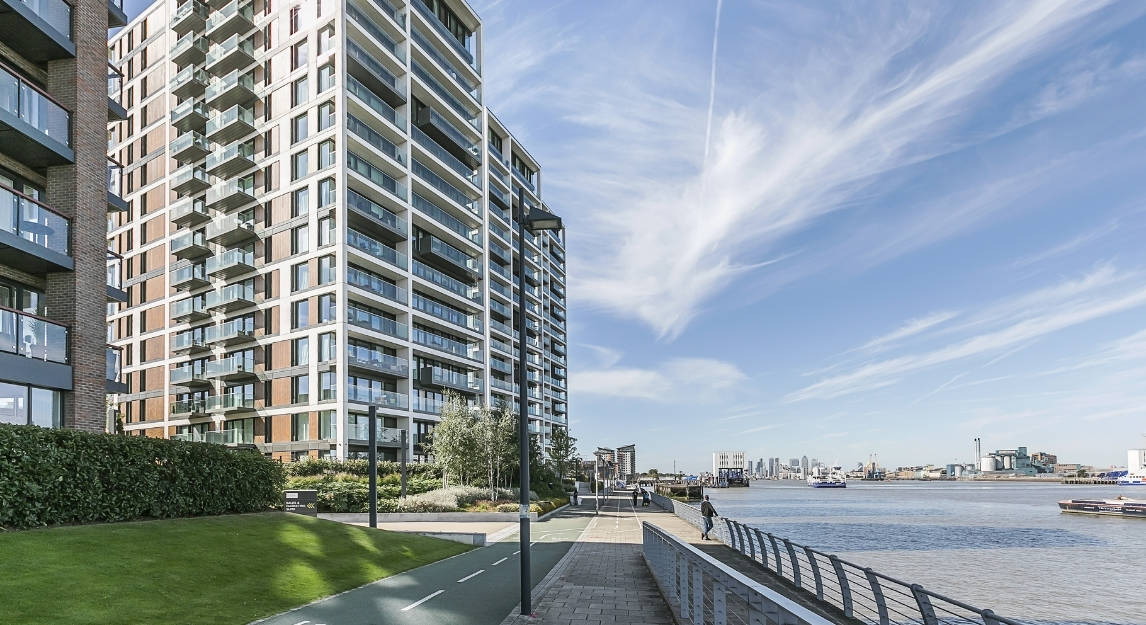
16 Jun Brominated Flame Retardants in buildings and construction ensure safety and climate neutrality
The European Green Deal addresses construction as one of the key sectors that will drive Europe’s green transition. At BSEF, we believe that Brominated Flame Retardants have a crucial role to play in delivering on the Green Deal’s ambitions, while also ensuring the safety of buildings.
In building and construction applications flame retardants help to prevent fires, or if started slow down fire spread, reduce heat release and smoke formation. This offers more time for safe escape and for successful firefighting.
We have a responsibility to learn from our history of fire-related tragedies such as the Grenfell tower fire. Public inquiries of building fires have shown that building materials that lack flame retardants can be a major cause of the rapid spread of flames.
BSEF member, Lanxess has presented during the Asia Oceanic Fire Safety in Materials (AOFSM ) Conference some findings regarding the comparison of flame spread between flame retarded and non flame retarded external façades. The presentation concludes that all combinations with FR cores passed in terms of external and internal flame spread and that FR combinations took 14-20 min longer than non-FR combinations to reach 600 degree Celsius temperature rise.
In a building fire, every second counts. And flame retardants help us buy time and save lives.
Moreover, flame retardants will help us address the most pressing policy challenges ahead of the construction sector, by supporting the EU climate neutrality ambitions. Due to increasing environmental awareness, the modern approach to buildings is changing to routinely seek more natural light and better insulation, in order to reduce day-to-day running costs and the environmental footprint.
Modern flame retardants can contribute to the greening of the building and construction sector by providing unique fire safety and insulation properties. From a structural point of view, modern flame retardants allow for biobased carbon-storing materials such as timber in house building, construction, paneling and flooring to be used safely while preventing flammability. Likewise, flame-retardant plastics used as insulation materials help reduce heat loss from the buildings, thus reducing energy consumption and promoting energy efficiency in the urban environment.
Learn more about how flame retardants prevent fires and protect people in BSEF’s latest publication.




No Comments